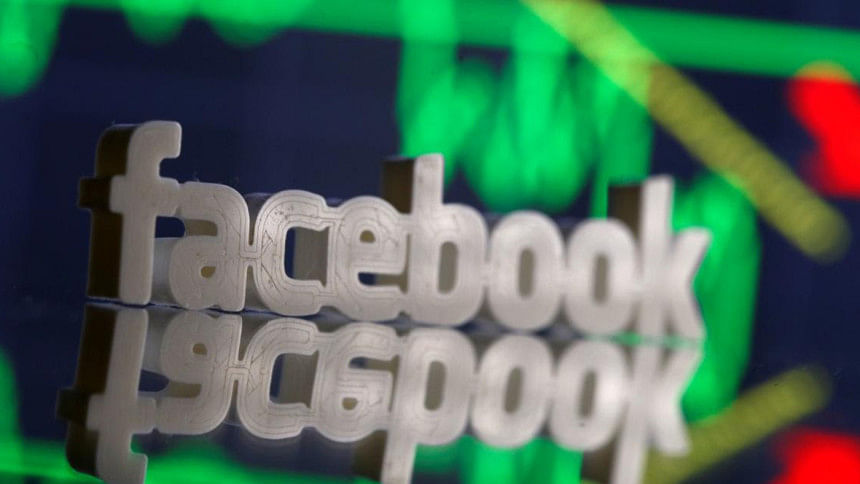Are we paying enough attention to digital public relations?

Human behaviour continues to evolve over time. In this post-modern age, however, our collective behaviour has been evolving faster than ever. Modern humans thrive on constant online engagement, interaction and communication. Our lives are now defined by an insatiable need for digital connectivity, to an extent that we have lost sense of the physical world and have developed a new cosmos for our own individual self—all within the parameters of cyberspace. We are always connected to each other and any information we need is only seconds away. Accessing and sharing information has never been simpler and easier.
The traditional thought process is being replaced with the modern digital cuisine of connectivity: Facebook, Twitter, Instagram, Snapchat, Messenger, WhatsApp, Viber, Telegram, WeChat, Line, etc. Information and entertainment are on the palms of our hands, with a variety of service-providers rooting for our attention. For customers, three words define the experience—Endless Digital Entertainment. Therefore, business corporations that have not been able to master the newer modes of communication have lost ground to those that have.
The media industry across the globe is suffering the brunt of this transformation. Newspapers as well as marketing communications agencies are racing to catch up with the rapid transition to digital screens. Customers are now fully aware of the business operations of media houses. Hence, publishing advertisements for products and services is no longer the ideal route to influence customers but may only be for building awareness—and that, too, without credibility.
Our consumption behaviour has changed tremendously. We are now much more informed. Before taking any decision, we can consider all our options. Therefore, "credibility" is KEY. To ensure credibility, word of mouth has also become ever more important. We seek more of direct reviews from our loved ones, friends and even strangers on the internet. For that purpose, we search and find articles and information about products and services, rather than visiting stores, malls or checking out published advertisements. We do not purchase a product before we have considered all our options and are convinced of our chosen brand's credibility.
In order to build this credibility, businesses across the globe are looking for ways to develop positive perception about their products and services through new scopes of public relations in both traditional and digital spaces. Whether in the traditional or digital space, public relations (PR) is the most effective tool a brand can use to develop credibility and add new perspectives for customers to consume or buy.
Public relations is all about building a brand's identity, developing reputation and projecting a brand's characteristics in a way that will lure customers to consume and influence them to buy, all depending on how you communicate with your customers. These days, due to the emergence of social media, the bridge between brands and customers has become more direct, interactive and engaging.
Hence, using public relations, brands can now communicate key messages, instigate relevant brand emotions, target customers' need more specifically, and address their queries and serve them individually. This leads to positive customer experiences and helps brands engrave a positive perception in the customer's mind. All of the above complements the constant delivery of key messages to the customers through traditional print and online media houses.
Building credibility lies in the art of delivering messages subtly to customers across the board—driving brand sensations, sculpting a positive thought process, instigating awareness and establishing industry stance. Hence, it is safe to say that social media has become the most powerful tool for public relations.
Nowadays, companies seek direct engagement with their customers and consumers. Every brand wants to create the best possible user experience—be it about service or product. Every company wants to establish itself as more customer/consumer-friendly than its competitors. For that, it wants to interact with each individual customer and draw a blueprint of their behaviour to fully comprehend and outline a pattern of their consumption. This has set the tone for an integration within the communication industry—the merging of social media and public relations with data science and research.
But a question that we must ask ourselves is, how prepared is Bangladesh to start integrating social media with public relations, and public relations with data science and research?
The communication industry globally is evolving into an integrated one-stop solution for all. Bangladesh, however, has remained stuck in traditional ways despite the vision for digitalisation making commendable strides. The main reason for this could be the relatively slow progress in ensuring industrial frameworks, regulations and policies that can help the industries to grow, mature and compete globally.
Another aspect the country suffers from is the lack of understanding of how public relations actually works—the misconception that public relations is bounded by the idea of press releases and paid adverts. Unfortunately, this misconception rides heavily amongst the local corporates and even communication specialists across companies. The whole idea of media engagement is mostly misconstrued and public relations is quietly placed in the backseat of the communication vehicle. As a result, the industry bleeds heavily in terms of effective communication, and suffers with a deepening wound in keeping up with global standards.
On the other hand, the potential of digital marketing has only been limited to likes, comments and shares. Whereas, globally, the social media platform has become the key dais for building reputation and perception. Global brands have taken the opportunity to use this platform to deliver brand messages in the most unconventional ways, embracing subtlety and amplifying features through quirky videos and static posts that beg people's attention. Business organisations need to realise that social media is only a public relations tool to enhance reputation and drive the right messages to the right people. The way to go about modern communication is simply integrating public relations with social media. The potential to drive and enhance reputation with the right strategic approach can deliver a wondrous outcome, and the prospects of generating good content that can create awareness are limitless.
Just like public relations uses traditional media like print media houses, television channels and online news portals as prime platforms for delivering key messages, similarly, social media can be considered as one of the most effective platforms to do the same. Big corporations need to understand that integrating the two industries into one can pave the way for more effective communication, which will not only be more strategic in nature but also well-aligned with more focused messaging. In this era of the millennials and Generation Z, it has become pertinent that agencies and corporations start to embrace the ideology of digital marketing as a tool of public relations. Maybe, with this, the true potential of digital marketing will be realised and it will bring more sense in terms of ideation and also enable them to address and deliver key messages to the right people more effectively.
It is important that our educational institutions realise the importance of communication and public relations and create scopes to produce human resources with the right skill-sets. Industry players should also work on opening the doors to the global market by eradicating misconceptions prevailing in the industry and ensure productive dialogue with the global players to establish a strong foundation that promotes local players to implement and understand global practices. They should also create opportunities to further develop the communication industry.
Syed Rayhan Tarique is Associate Director at Client Relations, Forethought PR Limited.

 For all latest news, follow The Daily Star's Google News channel.
For all latest news, follow The Daily Star's Google News channel. 



Comments